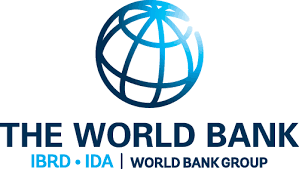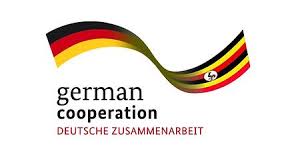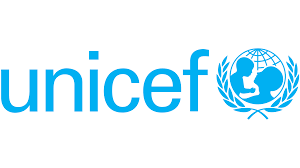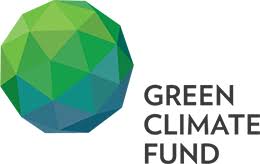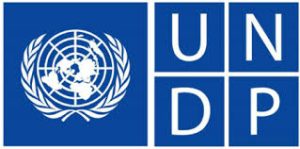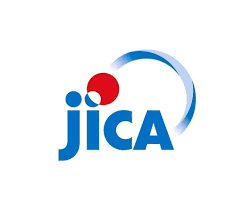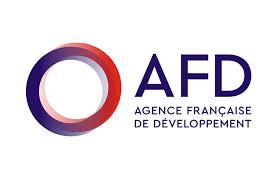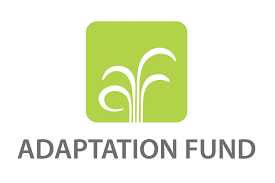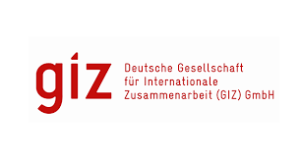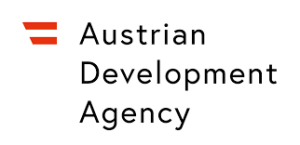LGFSs
The Ministry of Water and Environment is actively implementing and expanding its program for Large Gravity Flow Schemes across Uganda. This strategic approach to water supply development leverages Uganda’s natural topography, particularly in hilly and mountainous regions, to deliver safe, clean, and reliable piped water to communities without the need for energy-intensive pumping. By harnessing the natural force of gravity, these schemes offer a sustainable and cost-effective solution for increasing water access, improving public health, and reducing the burden of water collection, particularly for women and children in rural and peri-urban areas.
Key Objectives of the Program:
The Large Gravity Flow Schemes program aims to achieve several critical objectives:
- Increase Access to Safe Piped Water: To significantly expand the percentage of the population with sustainable access to safe and readily available piped water, especially in geographically challenging terrains where conventional motorized systems might be impractical or costly.
- Ensure Reliable and Sustainable Water Supply: To provide communities with a continuous and dependable flow of water throughout the year, utilizing perennial high-altitude water sources.
- Optimize Cost-Effectiveness and Sustainability: To reduce the operational and maintenance costs associated with water supply by minimizing or eliminating the need for pumps, thereby ensuring the long-term viability of the schemes.
- Improve Health, Sanitation, and Hygiene: To contribute directly to better health outcomes by providing clean water for drinking, cooking, and domestic hygiene, reducing the incidence of waterborne diseases.
- Reduce Distances to Water Sources: To bring water closer to households, schools, and health centers, saving communities significant time and effort previously spent on fetching water from distant or unsafe sources.
- Promote Environmental Protection: To ensure the protection and sustainable management of the water sources and their catchment areas, safeguarding the quantity and quality of water for future generations.
Project Scope and Typical Activities:
The implementation of Large Gravity Flow Schemes involves a comprehensive set of activities:
- Feasibility Studies and Source Identification: Thorough technical and social assessments to identify perennial springs, rivers, or other suitable water sources at higher elevations.
- Intake Structure Construction: Building robust intake structures at the water source to abstract water efficiently while protecting its quality.
- Transmission Pipeline Laying: Installation of extensive main pipelines, often spanning many kilometers, to convey water from the intake to storage reservoirs, utilizing gravity.
- Reservoir and Break-Pressure Tank Construction: Building strategically located reservoirs (storage tanks) and break-pressure tanks to manage water flow, maintain pressure, and ensure sufficient storage capacity.
- Distribution Network Development: Establishment of a network of secondary pipelines to distribute water from the reservoirs to various communities.
- Public Water Point (Standpipe) and Household Connections: Installation of public standpipes in accessible locations and facilitating private household connections where feasible.
- Water Source Protection: Implementing measures such as fencing, tree planting, and community sensitization to protect the integrity of the water source and its immediate catchment.
- Community Mobilization and Capacity Building: Engaging local communities, forming Water and Sanitation Committees (WSCs), and providing training on scheme operation, maintenance, and financial management to ensure local ownership and sustainability.
Expected Impact and Benefits:
The Large Gravity Flow Schemes program is expected to bring transformative benefits to beneficiary communities:
- Enhanced Water Coverage: A significant increase in the number of people with access to safe and reliable water, particularly in challenging terrains.
- Improved Public Health: A noticeable reduction in waterborne diseases due to the availability of clean water.
- Time and Labor Savings: Freeing up valuable time, especially for women and girls, which can be re-allocated to education, economic activities, and other productive endeavors.
- Economic Empowerment: Creating opportunities for small-scale agriculture and other enterprises due to reliable water access, and reducing healthcare expenditures.
- Environmental Sustainability: Promoting eco-friendly water supply solutions with minimal energy requirements and fostering responsible water resource management.
This ongoing program is a cornerstone of Uganda’s commitment to achieving national water security and contributing to the Sustainable Development Goals (SDGs), particularly SDG 6 on Clean Water and Sanitation.
Bukedea GFS Revised RAP Report
Bukedea District is water stressed and lies within the flood zone and hence faces a major challenge of increasing access to clean and safe water to its rapidly growing population amidst diminishing water resources both in quantity and quality. Ground water resources
have proved inadequate to meet the district’s potable water demand.
 Official Website of the Ministry of Water and Environment
Official Website of the Ministry of Water and Environment


